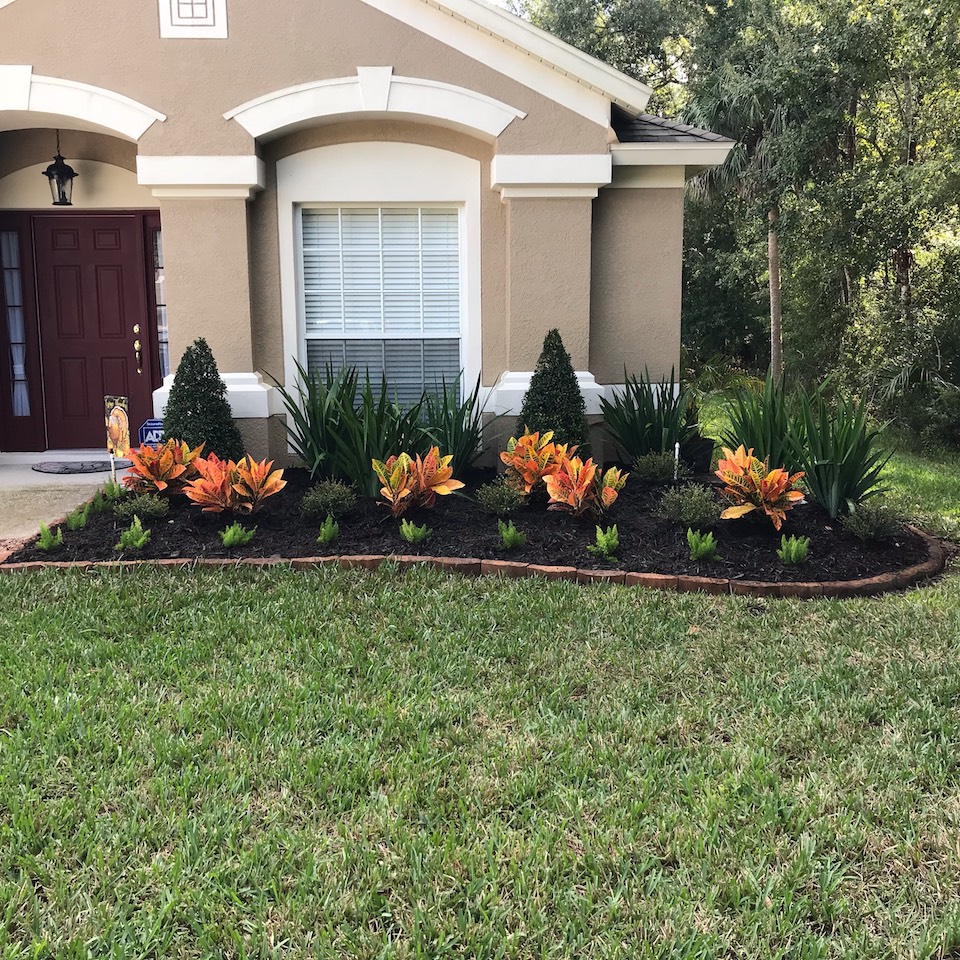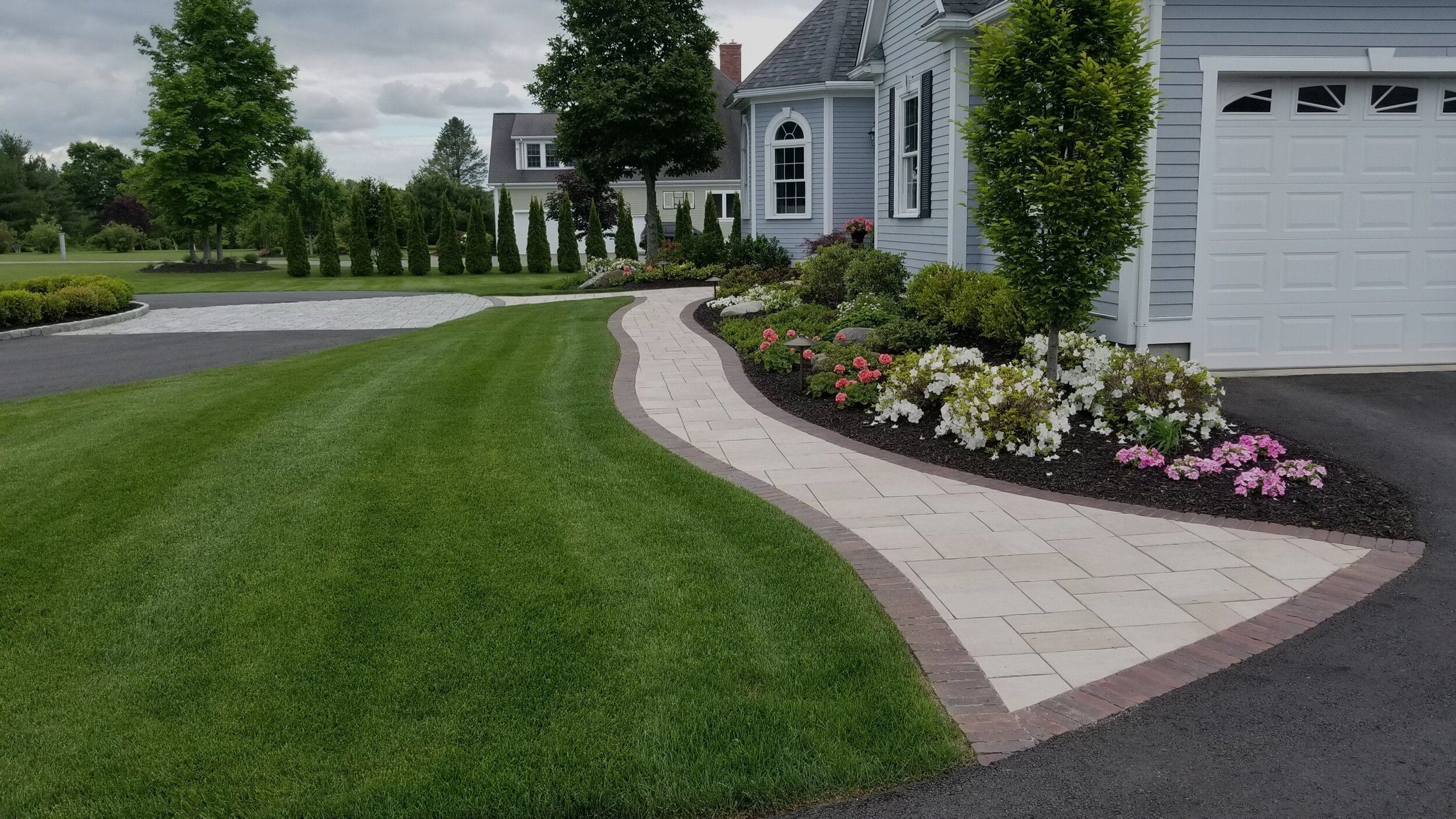Why Picking the Right Palm Desert Landscaping Solution Issues
Why Picking the Right Palm Desert Landscaping Solution Issues
Blog Article
A Comprehensive Overview to Creating and Implementing Effective Landscaping Solutions
The art and science of landscaping expand beyond plain aesthetic appeals; they involve a thoughtful combination of design principles, ecological stewardship, and functional implementation. What methods can one employ to guarantee these landscapes not just thrive however additionally flourish in consistency with their surroundings?

Understanding Landscape Layout Concepts
One may question what fundamental elements add to efficient landscape design. At its core, effective landscape design depends upon several vital principles that guide the plan and selection of components within an area. These principles consist of unity, balance, percentage, and rhythm, each serving to develop a harmonious exterior atmosphere.
Unity describes the cohesive connection amongst different parts, guaranteeing that they function together visually and functionally. Equilibrium can be achieved with balanced or asymmetrical arrangements, enabling the landscape to really feel stable and welcoming. Proportion entails understanding the scale of aspects in relation to each other and the surrounding setting, promoting visual consistency and comfort.

Examining Your Outdoor Room
Before applying the concepts of landscape design, a complete analysis of your outside room is important. This first evaluation assists define the range of your landscape design project and makes certain that your layout aligns with the distinct qualities of your property. Begin by examining the measurements of your room, taking specific dimensions to understand the available location for numerous elements such as pathways, gardens, and patios.
Following, observe the existing features of your landscape, including topography, soil top quality, and water drainage patterns. These variables dramatically affect plant option and placement. Furthermore, evaluate the sunlight direct exposure throughout various locations throughout the day, as this will certainly affect the sorts of plants that thrive in your yard.
Take into consideration the microclimates produced by structures, trees, and other barriers, as they can influence temperature and moisture degrees. Last but not least, make note of any type of existing plants or hardscape elements that you desire to remove or preserve. This detailed evaluation prepares for a knowledgeable and effective landscaping remedy, making sure that your design is not just aesthetically pleasing yet likewise useful and sustainable for many years ahead.
Sustainable Landscaping Techniques
These practices not only promote environmental equilibrium but also improve the visual and useful value of a landscape. Carrying out reliable watering systems, such as drip watering, minimizes water waste and guarantees that plants receive ample moisture (Palm Desert Landscaping).

One more effective strategy is the critical placement of shrubs and trees to supply all-natural windbreaks and shade, thus reducing power prices (Palm Desert Landscaping). Rain yards can be integrated into the landscape style to handle stormwater drainage effectively, filtering contaminants prior to they get in rivers
Picking the Right Plants
Selecting the right plants for your landscape is vital to attaining both aesthetic allure and ecological harmony. The process begins with an understanding of your local climate, soil conditions, and the particular microenvironments within your landscape. Examining variables such as sunshine direct exposure, dampness degrees, and existing vegetations will certainly aid you pick plants that thrive in your unique setting.
Consider incorporating native plants, as they are well-adapted to local problems, call for much less upkeep, and support regional wild animals. Additionally, selecting a diverse array of varieties can boost biodiversity while lowering the threat of condition and parasite episodes. It is crucial to review the development routines, flowering periods, and seasonal shades of possible plants to produce a natural and vibrant landscape.
Furthermore, think of the planned use the area; Get the facts as an example, if the location will certainly experience high foot web traffic, go with resistant ground covers. By attentively selecting plants that align with both your ecological requirements and aesthetic goals, you can develop a lasting landscape that not only enhances your home yet likewise adds positively to the bordering environment.

Execution and Maintenance Strategies
Once the best plants have actually been picked for your landscape, the emphasis shifts to efficient application and recurring upkeep strategies. Successful setup starts with correct website preparation, which includes soil screening to establish nutrient degrees and pH, complied with by changing the soil as required. Meticulously prepare plants according to their development routines and light demands, guaranteeing sufficient spacing to advertise healthy and balanced growth.
Irrigation is a critical element of implementation. Develop a watering routine that considers the particular demands of each plant species, changing for seasonal changes. Utilizing drip irrigation systems can enhance water effectiveness and lower drainage.
Maintenance strategies should be executed to make certain the longevity and vigor of your landscape. Regular jobs consist of weeding, mulching, and trimming to manage growth and prevent disease. Fertilizing needs to be performed based on soil examinations, giving the needed nutrients without over-fertilizing.
Checking for diseases and parasites is important; early discovery can protect against considerable damage. Seasonal modifications to maintenance regimens, such as winterizing perennials and preparing for springtime growth, will certainly make sure that your landscape remains healthy and balanced and visually enticing year-round.
Verdict
Finally, effective landscape design solutions need a comprehensive understanding of layout concepts, meticulous analysis of outdoor areas, and the application of lasting techniques. The choice of appropriate plant types plays an essential role in improving visual appeal and environmental strength - Palm Desert Landscaping. Successful application and recurring maintenance even more make certain the longevity and vitality of landscapes. By incorporating these components, landscapes can be transformed into lovely, useful environments that promote biodiversity and add favorably to community well-being.
One might wonder what foundational elements contribute to effective landscape design. At its core, successful landscape design hinges on a number of essential principles that direct the plan and choice of aspects within an area.Choosing the right plants for your landscape is vital to attaining both aesthetic charm and environmental consistency. It is necessary to examine the development practices, flowering periods, and seasonal colors of potential plants to create a vibrant and cohesive landscape.
As soon as the appropriate plants have actually been selected for your landscape, the focus shifts to effective implementation and ongoing maintenance approaches.
Report this page